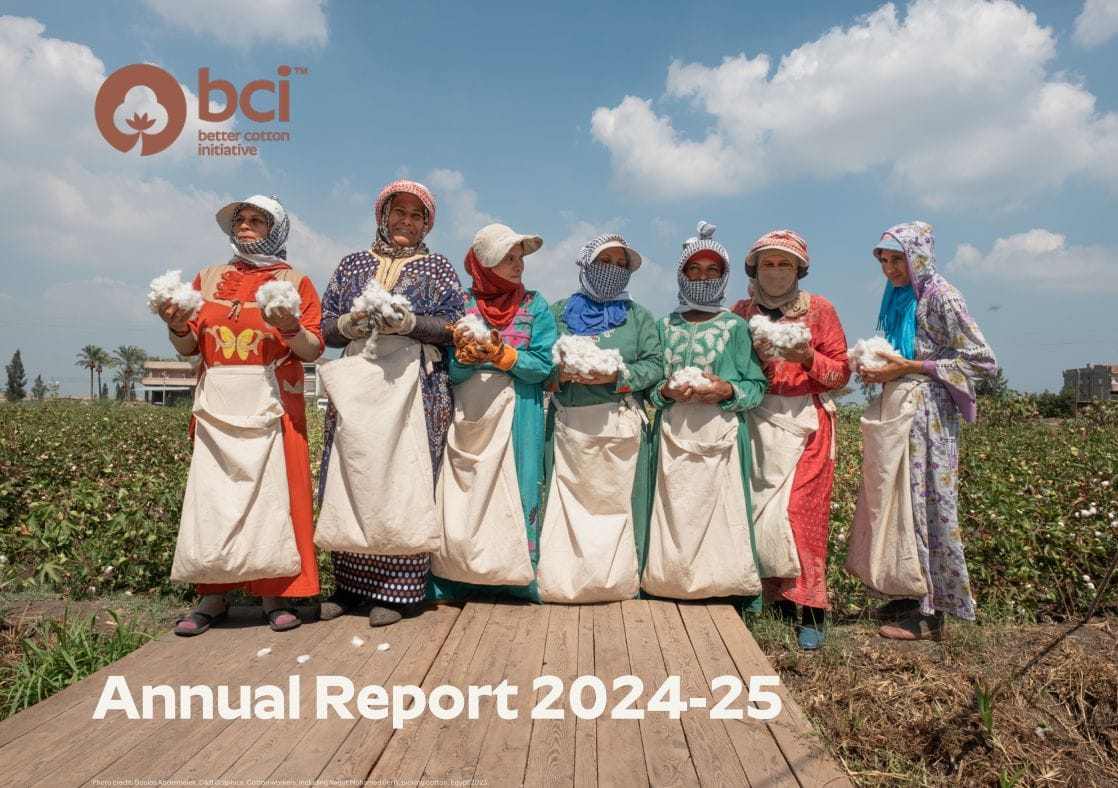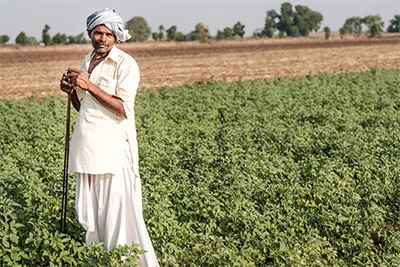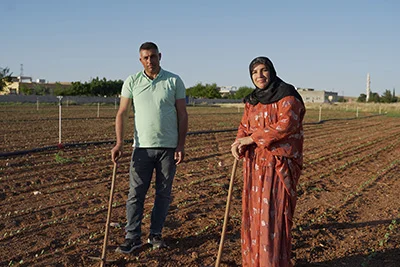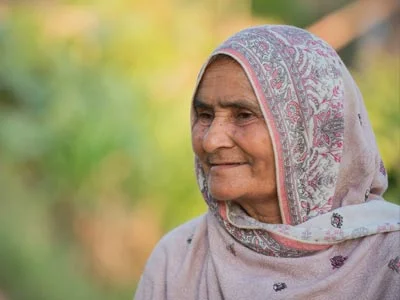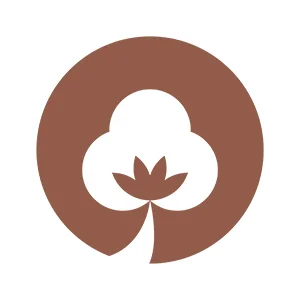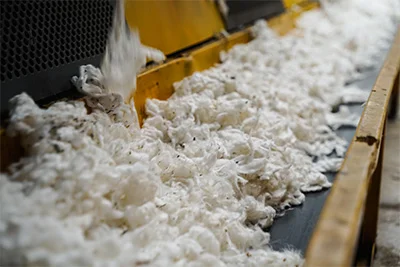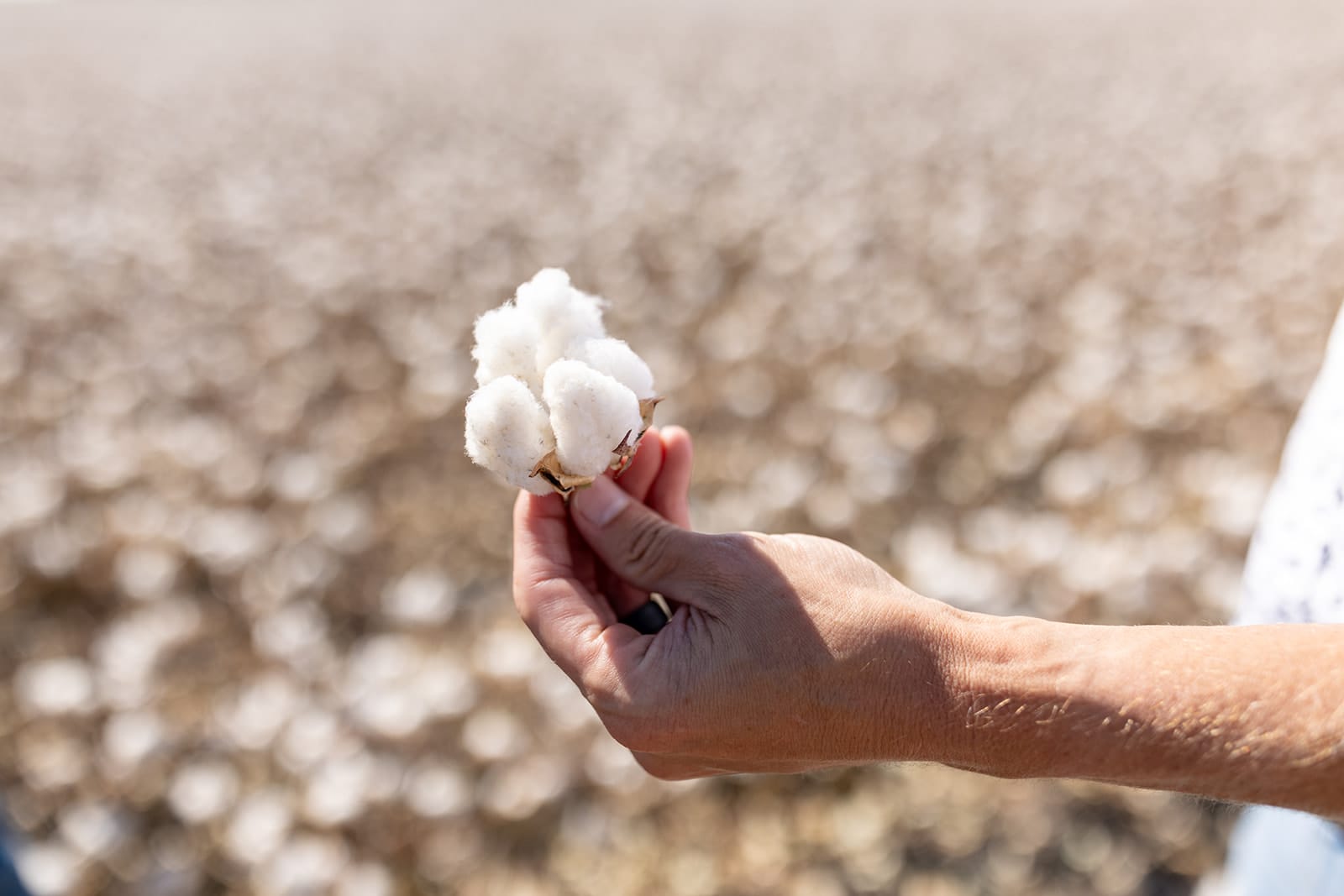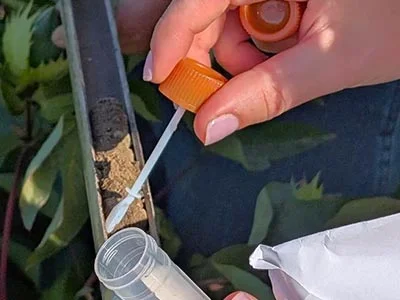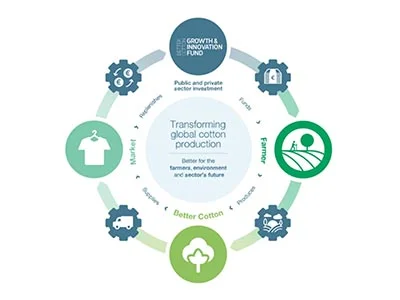
Over the past three years, Better Cotton has been part of a Cascale-led initiative to develop a groundbreaking methodology for aligning cotton Life Cycle Assessment (LCA) approaches.
Supported by other cotton industry leaders such as Textile Exchange, CottonConnect, Organic Cotton Accelerator and Cotton Incorporated among others, this collaborative effort tackles a longstanding challenge in the sector: the lack of a standardised method for calculating and analysing environmental impact metrics from LCAs.


The launch of this standardised LCA methodology marks a significant milestone, providing a unified framework to measure vital cotton-specific environmental impacts such as global warming potential, water scarcity and eutrophication.
Better Cotton is proud to be one of the first organisations to implement the methodology with data from our programme in India. Spanning three seasons from 2020 to 2023, this LCA data will be available soon on Cascale’s Worldly platform, providing valuable insights into critical areas like carbon emissions and resource depletion.
To explore Better Cotton’s involvement in this pioneering initiative, we spoke with Miguel Gomez-Escolar Viejo, our Head of Monitoring, Evaluation and Learning.
Why is now the right time for Better Cotton to start gathering LCA data?
With the launch of Better Cotton Traceability, we can now track Physical Better Cotton as it moves through the global supply chain, allowing us to record the country of origin of Better Cotton products. This is a major advancement, as it enables us to conduct country-level LCAs, maintaining alignment with the broader cotton sector.
Gathering this data now allows us to measure progress over time across various cotton programmes. Additionally, it allows us to carry out hotspot analyses to help our partners drive sustainability improvements at the farm level.
To find out more about this, check out Miguel’s previous blog here.
Why did Better Cotton join Cascale’s cotton LCA model?
There was a growing demand for reliable LCA data, but the lack of consistency in modelling created uncertainty. By co-developing this methodology through the Cascale-led coalition, not only did we standardise the evaluation process, but more importantly, we ensured that the method reflects the diverse realities of cotton farmers across the globe.
Collaboration was essential. Working together as a sector, we were able to address concerns and agree on best practices. This collective effort ultimately allowed us to defend the correct use of LCA data and prevent any misuse or misinterpretation that had happened in the past.
Why was collaboration across the sector so important in creating this methodology?
Aligning on a unified LCA methodology offers several benefits. Firstly, it enables the cotton sector to continue discussing learnings, innovations and developments without organisations adopting divergent approaches. In addition, standardisation reduces the time and resources spent on creating different LCA models, allowing us to reinvest those resources into other programmes.
What does the India LCA data show?
With this new standardised methodology, we were eager to bring the tool to life by applying it to data from our India programme, covering three seasons from 2020 to 2023. The data offers valuable insights into several environmental impact metrics, such as global warming emission factor per kilogram of cotton fibre, eutrophication, water use and fossil fuel consumption.
Unsurprisingly, the data confirms what we already suspected: the production and use of fertilisers remain the largest contributors to carbon emissions in cotton farming. While fertiliser production is outside our scope, we will continue to promote reduced usage, more efficient application and, where possible, shifting to lower-emission products.
What are the next steps?
This LCA data from India will serve as a baseline for further analysis and action. It is crucial to note that this methodology isn’t meant for comparisons between programmes or locations, as assumptions and sample distributions vary. That said, it’s a valuable tool for tracking progress and conducting hotspot analyses to guide efforts where interventions are needed most.
The findings also highlight the need for coordinated, multistakeholder action beyond the farm level to truly drive sustainability across the entire supply chain.
We are still unpacking and analysing the data, and we will share more detailed findings in the coming months, along with an action plan that identifies strategies and effective interventions to better support farmers in reducing emissions.
How will Better Cotton’s members be able to use this data?
In addition to the work mentioned above, we are currently in the consultation process for our new Claims Framework, to be launched early next year, which will outline how our members can use LCA data to enhance their reporting and claims. This will add to the existing documentation available on the Cascale website stating the allowed uses of the data.
Looking ahead, we plan to regularly update and expand our LCA datasets to cover other country programmes.

